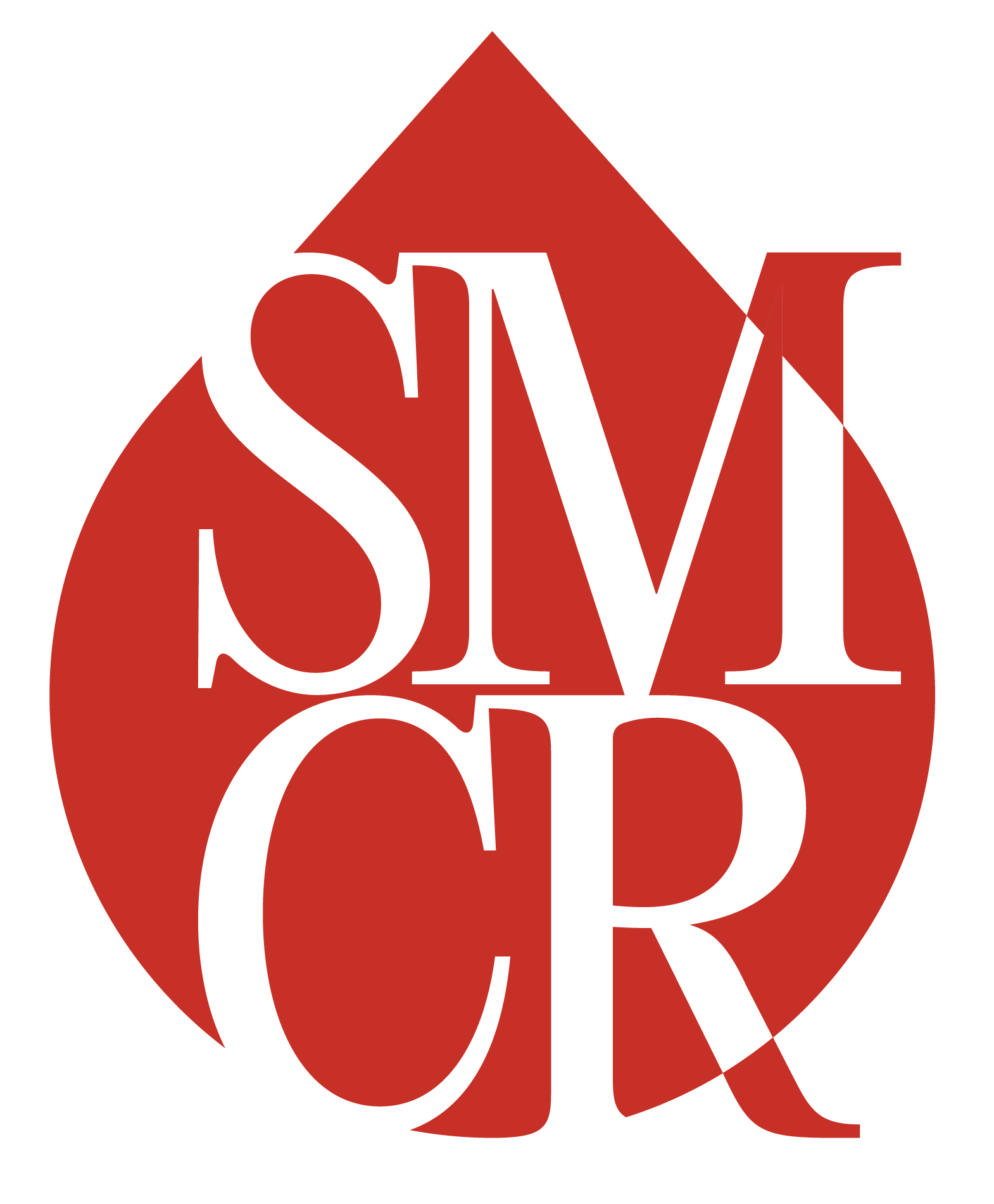Guest Post by Kati Bicknell, Kindara
It has been brought to my attention several times that not all women’s cervical fluid matches the usual descriptions of sticky, creamy, egg white, or watery. This means some women are having a hard time charting their fertility, because they don’t know how to categorize their cervical fluid for their chart.
So today I’ll give you very detailed descriptions of the different types of cervical fluid, and how to classify them.
I’m going to be incorporating vaginal sensation into the mix here. Vaginal sensation is the way your vagina *feels* when different types of cervical fluid are present. You know how you can tell if the inside of your nose is wet, like when you have a runny nose? And you know how you can tell if the inside of your nose feels dry, like when you are in a dusty desert? You can tell the same things about your vagina as well, if you pay attention. The way your vagina feels can give you a lot of insight on the state of your fertility and what kind of cervical fluid you’re likely to find.
One thing to keep in mind when it comes to cervical fluid is that there is a baseline level of moisture that will always be present in the vagina. After all, it’s a mucus membrane, like your mouth. If you touched the inside of your cheek, it would be damp — same thing with the vagina. Don’t let that normal vaginal moisture confuse you. Unless there is a physical substance on your fingers or toilet paper, it doesn’t count as cervical fluid. (The exception here is watery cervical fluid: sometimes the water content is so high that there is nothing that will hold together, and it’s just plain wet. But in those cases there is usually so much of it that there is no question about whether or not it’s cervical fluid.)
Cervical fluid is measured above that baseline level of moisture. It tends to start out on the drier end of the spectrum, and it increases in water content as a woman approaches ovulation. Generally, the higher the water content, the more fertile the cervical fluid. After ovulation the water content will decrease.
Note: all cervical fluid is potentially fertile. If you are charting to avoid pregnancy, any cervical fluid you notice before ovulation means that your fertile window has begun. But for women who are trying to achieve pregnancy, there are definitely types of cervical fluid that are more optimal for getting pregnant. So, shall we launch our boat onto the sea of cervical fluid exploration? Lets!
These are the different categories of cervical fluid.
None:
- What it feels like (vaginal sensation): dry, or like “nothing’s going on.”
- What it looks like: nothing! Maybe a slight dampness on your fingers that will quickly evaporate.
- What it feels like on your fingers: a slight dampness.
- What it looks like on your underpants: nothing. Squeaky clean. You could wear those underpants again tomorrow if you wanted to (ain’t no one gots to know about it!).
Sticky:
- What it feels like (vaginal sensation): dry, sticky, or like “nothing’s going on.”
- What it looks like: whitish or yellowish, tiny bits of clear gummy bears, tiny pieces of drying rubber cement, grade school paste, wet Elmer’s glue, wet wood glue, crumbly off-white Play-doh, thick white or yellow cream, clumpy, pasty, tacky, gummy.
- What it feels like on your fingers: springy, sticky, crumbly, dry, pasty.
- What it looks like on your underpants: white or yellowish lines or areas that tend to sit on the top of the fabric, as opposed to soaking in. When it dries it forms a crust that can hard to wash out on laundry day.
Creamy (similar to sticky, but with a higher water content.):
- What it feels like (vaginal sensation): cool, slightly damp, or may not feel like anything.
- What it looks like: milky, cloudy, like hand lotion, yogurt, whole milk, or heavy cream.
- What it feels like on your fingers: smooth, creamy.
- What it looks like on your underpants: white or yellowish lines or areas that tend to sit on the top of the fabric, as opposed to soaking in. When it dries it forms a crust that can be hard to wash out on laundry day.
Eggwhite:
- What it feels like (vaginal sensation): slippery, lubricative.
- What it looks like: raw egg whites, wet rubber cement, clear, stretchy.
- What it feels like on your fingers: slippery or lubricative or stretches an inch or more between thumb and forefinger.
- What it looks like on your underpants: slippery, wet, may sit on top of the fabric, or soak in slightly.
Watery:
- What it feels like (vaginal sensation): water rushing, dripping or gushing out of your vagina; cold, wet sensation.
- What it looks like: clear or milky/clear, about the consistency of water or skim milk.
- What it feels like on your fingers: wet, slippery.
- What it looks like on your underpants: leaves round wet patches that soak into your underpants.
I’m sure I left out some possible descriptions of cervical fluid here. If I didn’t name one that you’ve personally experienced, let me know in the comments. I’ll add in more descriptors as needed, so we can make the most thorough cervical fluid compendium known to humankind!

